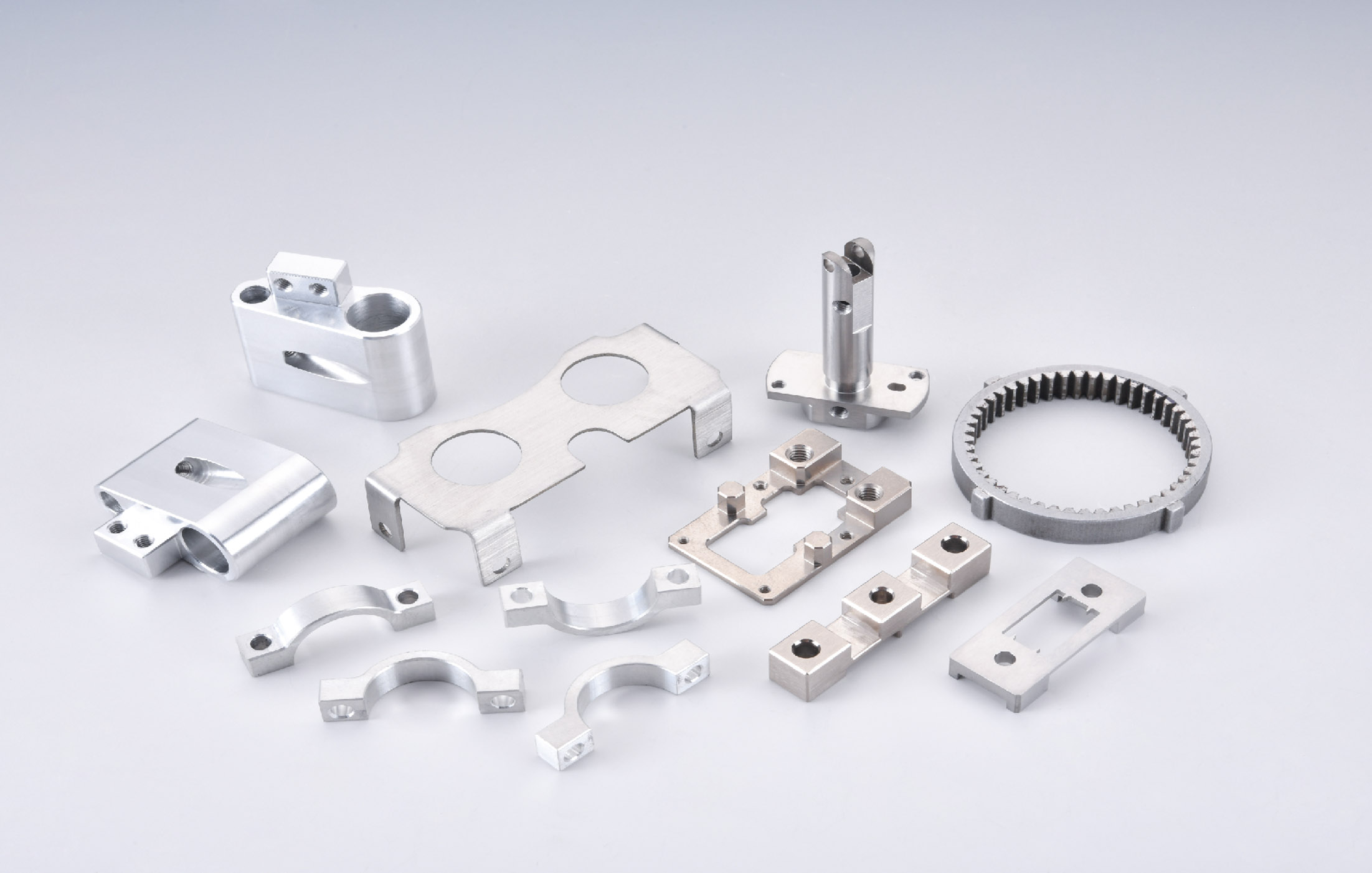Fair Shine industrial (Hong Kong) Co., Limited
To provide customers with the most comprehensive precision mold parts solutions.

2025-04-11 15:15:58
Die Casting Die Core, commonly known as Die Casting core in Chinese, is a key component in the die casting mold, responsible for forming the internal structure and complex geometric shape of the product. The die core is usually nested inside the mold cavity, and forms a molding surface or hollow structure at a specific part after the metal liquid is injected into the mold cavity. Its structural design is directly related to the dimensional accuracy, surface quality and internal strength of the product.

Application:
Die Casting Die Core is widely used in the manufacture of aluminum alloy, zinc alloy and magnesium alloy die castings in the automotive, aviation, communications, electronics, electrical appliances, medical equipment and other industries. It is used to make metal parts with holes, threads, ribs, channels or other complex internal features. For example, precision structures such as engine cylinders, transmission housings, and electronic housings cannot be separated from the participation of die cores.
Material:
H13 die steel: has excellent thermal strength and thermal fatigue performance, and is widely used in aluminum alloy die casting die cores.
SKD61 (Japanese standard): equivalent to H13, good thermal crack resistance and long service life.
8407 (Swedish die steel): high toughness and stronger resistance to thermal cracking.
BeCu (beryllium copper): used in local high thermal conductivity areas to improve cooling effect.
Powder high-speed steel (PM steel): used for mold cores with extremely high requirements for wear resistance.
The choice of material depends on the type of die-casting metal, the complexity of the mold structure, the frequency of thermal cycles, and the customer's requirements for mold life.
Features:
Precision structure: adapt to various complex internal geometric structure designs and meet high precision requirements.
High heat resistance: able to work for a short time above the melting point of the metal without deformation.
Good thermal conductivity: helps to quickly cool the metal and shorten the molding cycle.
Replaceable design: the mold core is often replaceable as a consumable part to improve mold maintenance efficiency.
Good processing performance: convenient for CNC processing, discharge machining, heat treatment and other processes.
Compact structure: reduce the overall volume of the mold and improve equipment compatibility.
Flexible surface treatment: nitriding, PVD coating, nitrocarburizing and other treatments can be performed to improve performance.
Advantages:
Improve product precision: The core has high precision, which can significantly improve the dimensional consistency and stability of die castings.
Extend mold life: The core made of high temperature resistant and heat crack resistant materials can effectively resist thermal fatigue cracking.
Shorten production cycle: Good thermal conductivity promotes cooling and molding of molten metal and improves production efficiency.
Reduce maintenance costs: The replaceable core structure is easy to repair and replace, reducing the overall maintenance cost of the mold.
Achieve complex molding: The core design is flexible and supports the formation of complex inner cavities, blind holes, threads and other structures.
Improve surface quality: The core surface treatment process is excellent, which is conducive to improving the finish of finished parts.
Compatible with a variety of alloys: Suitable for a variety of metal die casting applications such as aluminum, zinc, and magnesium.
The design of high-performance cores is not only the core to ensure the quality of finished products, but also directly determines the economy and production efficiency of the entire mold system.
FAQ:
Under what circumstances is it necessary to customize the Die Casting Die Core?
When the die casting design has special internal structures, holes, channels, inserts or needs to achieve high precision, the core needs to be customized according to the specific product to ensure that the mold Assembly and molding match
What is the general service life of the core?
The core life is affected by factors such as material, heat treatment, molding pressure and frequency of use. High-quality H13 steel cores can reach 50,000 to 150,000 molds under normal maintenance, and high-end materials such as powder high-speed steel can exceed 200,000 times
Can the core be replaced alone without replacing the entire mold?
Yes, the core is generally designed with a modular structure. It can be replaced alone after damage or wear, avoiding the scrapping of the entire mold and improving economy and maintainability
Which die-casting metal materials are suitable for the core?
The core is widely used in die-casting materials such as aluminum alloy, zinc alloy, and magnesium alloy. The material selection needs to be matched according to the die casting temperature and melting point to ensure the life of the mold core and processing accuracy
How to treat the mold core surface to improve performance?
Common surface treatment methods include nitriding, PVD coating, TiN, CrN coating, etc. These processes can improve the surface hardness, corrosion resistance, and anti-sticking ability, thereby improving the overall molding quality and life

Fair Shine industrial (Hong Kong) Co., Limited
To provide customers with the most comprehensive precision mold parts solutions.
+86 189 2682 6341
Block 1, No. 12, Wusong 4th Street, Yuwu Industrial Zone, Dongcheng District, Dongguan, Guangdong, China
Copyright © 2025 Dongguan Huixiang Mold Technology Co., Ltd all rights reservrd.
Technical support: HuaShang